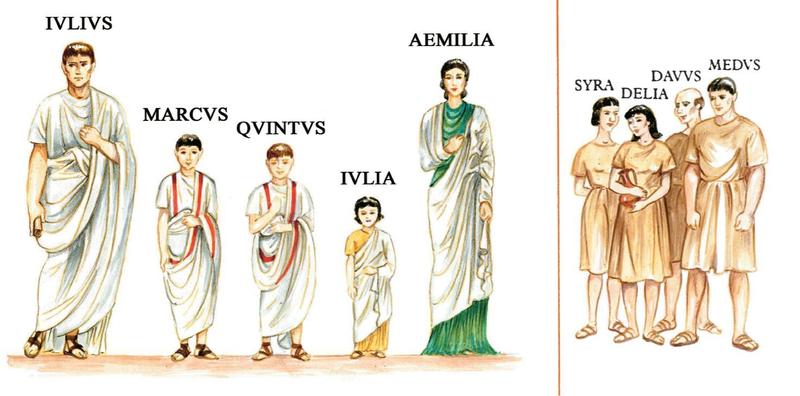
Over the years, I’ve received many questions about how I teach Hans Ørberg’s Lingua latina per se illustrata, whether in a classroom setting or in private tutorials. Here is the method I’ve found most effective.
The key to teaching Ørberg effectively is reading the text aloud until the student internalizes the syntax and vocabulary. I typically had students read each new text passage at least three times during a 45-minute class period or 60-minute tutorial, with a standing homework assignment to read it aloud 3 times a day—to parents, siblings, friends, pets, houseplants—until they could recite bits and pieces from memory. I encouraged students to read the text sotto voce whenever they studied to acclimate them to Latin pronunciation and phrasing.
First, I asked students to listen as I read the text aloud. (YouTubers and recordings of Ørberg himself are also available.) The second time through, I would lead the class in a choral reading of the passage. In a tutorial setting, this meant reading the text aloud slowly with the student. Next we read round-robin style or in tandem, sentence by sentence. Finally students read aloud independently, paragraph by paragraph.
Typically when we got to the tandem reading part, I would point the student(s) to the marginalia, check for vocabulary comprehension, and explain any grammar in English. Ideally, students are supposed to “discover” the grammar themselves, but in my experience, that rarely happens unless the student (1) has native or near-native fluency in a Romance language or (2) has previously studied an inflected language to at least the intermediate level. Jeanne Neumann’s Companion book is a great help here, and I required older students to have a copy of it for reference. By the time students get to reading the text aloud independently, they should have a good grasp of what is being said, and how, and why.
I made heavy use of the Exercitia, sometimes in class, sometimes as homework. The layout of the workbooks pretty much requires students to rewrite the exercises in a notebook, unless they have truly tiny handwriting, in which case I would not be able to read their answers anyway! The rewriting is tedious but excellent practice. I sometimes retyped the Exercitia into more student-friendly worksheets.
At the end of the chapter, I would assign the Pensa. If the student had made it through the Exercitia with good effort, the Pensa act as a summative review. I often used the Pensa as a chapter exam as well. I used Pensum C as a source of oral questions to use throughout the chapter, so by the time students encounter it in writing, they have already heard and answered the questions, often multiple times. Mining the Pensa this way also helps teachers get used to using oral Latin in the classroom.
I did ask students to memorize the grammar taught in the chapter, but only at the very end, after they knew how it was used in context. (My motto: “Memory work without context is just trivia.”) The Grammatica Latina section explains the grammar (in Latin!), and there are helpful charts in the back of the book to facilitate memorization.
Happy teaching!
Copyright 2021 by Drew Campbell, PhD. All rights reserved.
Drew Campbell is the author of Living Memory, I Speak Latin, and Exploring the World through Story, and co-author, with Courtney Ostaff and Jennifer Naughton, of How to Homeschool the Kids You Have. She is a veteran homeschooler and has worked as a classroom teacher, private school administrator, and independent tutor.

Pingback: Modern Classical Curriculum: Evolution of an Idea – Stone Soup Press